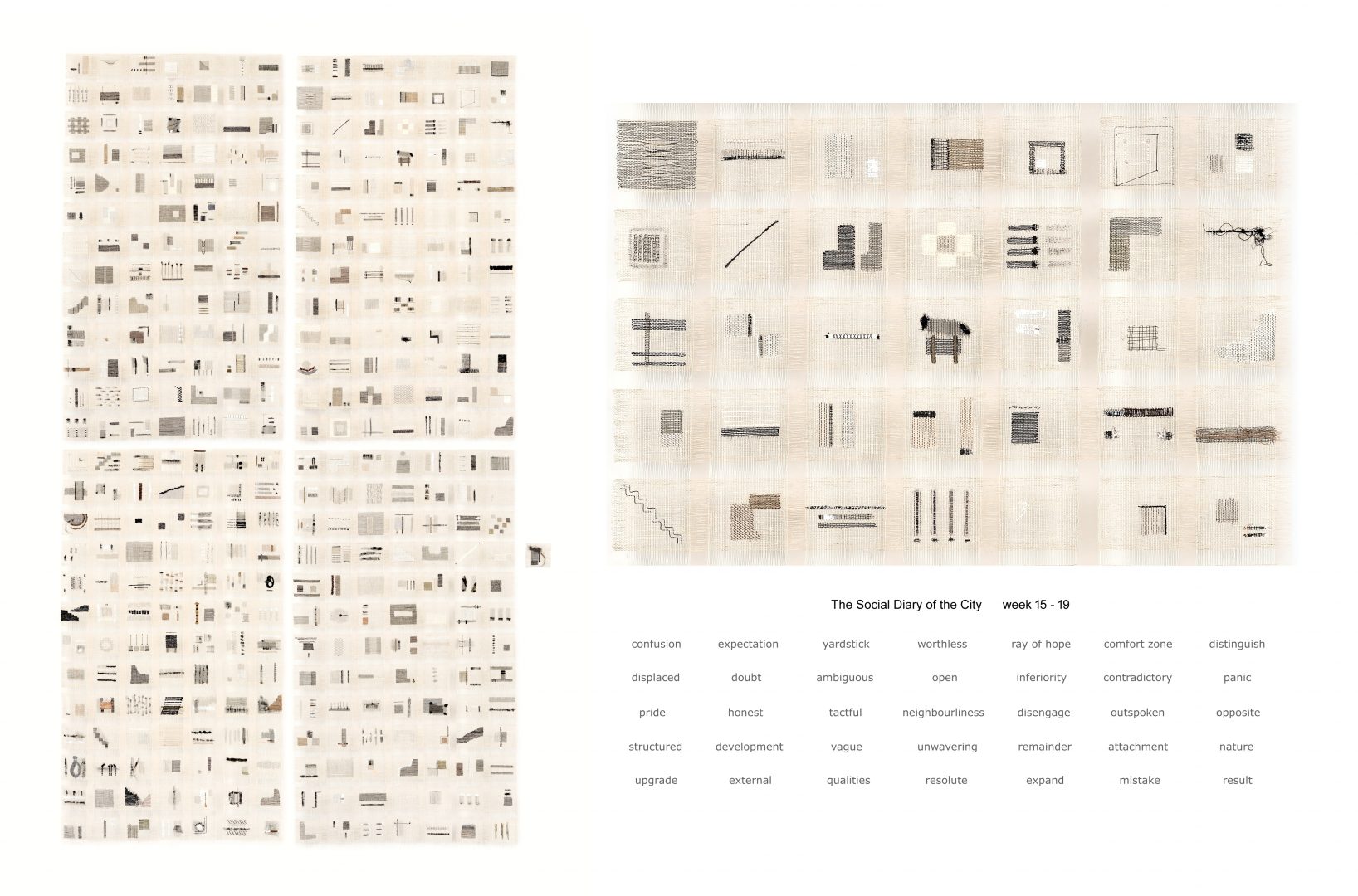The Open Call for the Social Art Award 2019 under the topic “We are the People – Peaceful Revolutions” was closed on December 15, 2019. We are very impressed by 558 submissions that were contributed by artists coming from 65 countries across all continents.
The winners of The Social Art Award 2019 are Narcissa Gold (USA), Melinda Mouzannar (Lebanon) and Bogna Grazyna Jaroslawski (Poland/Germany). The Honorary Mention goes to Kingson Kin Sing Chan (Hong Kong/UK).
Below you find the artworks, that passed the initial jury round. The public voting took place till 30 December and is a tool to give more public visibility to the topic and the artworks. It does not replace the final jury judgment. There were two wildcards for the most voted artworks that entered the final shortlist.
The focus diversity of applications shows that artists are active in the multi-faceted fields of socially engaged art reflecting on wars, genocides, femicides, traumata, violence against refugees, children, women, men, disabled people, LGBTIQs, animals. They share feelings for the planet and its living species, but also showing hopelessness due to complex crises be it climate change (e.g. in regard to water pollution), capitalism, corruption, a violation against human rights, nature, protected national parks. Many of the artists are constantly trying to give a voice to the poorest or empower unheard social groups.
It’s not only about peaceful revolutions, but it’s also about feeling a deep connection and showing love and respect for each other.
Thank you all for sharing your great and inspirational work and look at all the great contributions!
The Social Diary of the City, a sustainable society in...
Anneke Klein
open category
Social sustainability is often viewed from the point of view of; minimum means of subsistence, that all global citizens must be able to provide for their material necessities of life (Human Rights Charter - UN). The basic condition, a socially sustainable society hardly receive any attention. Therefore my textile artwork (280x150 cm): "The social diary of the city" a sustainable society in terms and patterns. The diary consist of 365 day's, visualized in 4 quarters of 13 weeks. During a year, daily social stimulus represented by a term was translated into a pattern. The changing society, the pressure on social cohesion, interactions from a personal interpretation, this complexity is observed within a regular grid. In addition to my hand-woven/embroidered work, this project also consists of a document with 365 terms that forms the principle for the elaborated patterns. These terms are available in English and Spanish and printed in the same grid. How can art catalyze change?: My artwork catalyse change; The observer is attracted by certain patterns and challenged to make an association with his impressions - the terms. Recognition and doubts will lead to further investigation and awareness of his role within a sustainable society.
Social sustainability is often viewed from the point of view of; minimum means of subsistence, that all global citizens must be able to provide for their material necessities of life (Human Rights Charter - UN). The basic condition, a socially sustainable society hardly receive any attention. Therefore my textile artwork (280x150 cm): "The social diary of the city" a sustainable society in terms and patterns. The diary consist of 365 day's, visualized in 4 quarters of 13 weeks. During a year, daily social stimulus represented by a term was translated into a pattern. The changing society, the pressure on social cohesion, interactions from a personal interpretation, this complexity is observed within a regular grid. In addition to my hand-woven/embroidered work, this project also consists of a document with 365 terms that forms the principle for the elaborated patterns. These terms are available in English and Spanish and printed in the same grid. How can art catalyze change?: My artwork catalyse change; The observer is attracted by certain patterns and challenged to make an association with his impressions - the terms. Recognition and doubts will lead to further investigation and awareness of his role within a sustainable society.



